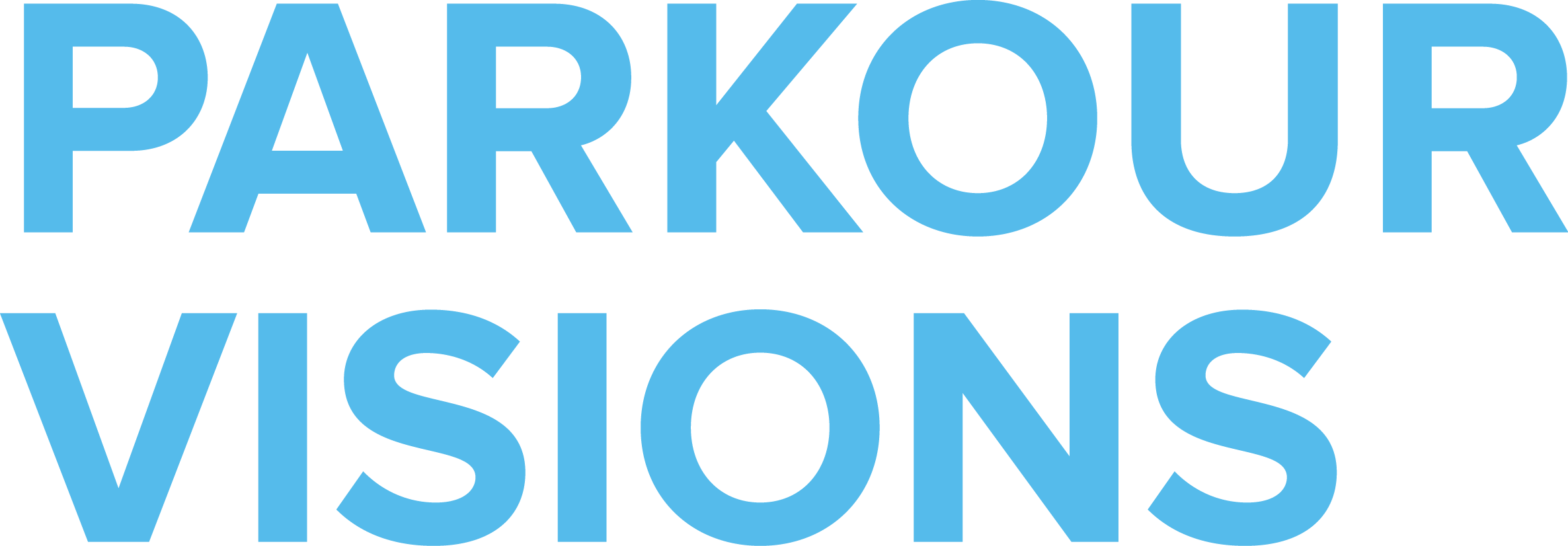After School for Kids & Teens
Helping build confidence, overcome barriers, and find joy in movement!
Kids love parkour. It's high energy, playful, and creative. Kids learn to use natural human movements like jumping, crawling, and climbing to move creatively and play in the spaces around them. This gives them a sense of control over themselves and their environment. Watch the video below for a quick overview!
In the wrong place? Click here for Summer Camps and here for Adult Programs.













